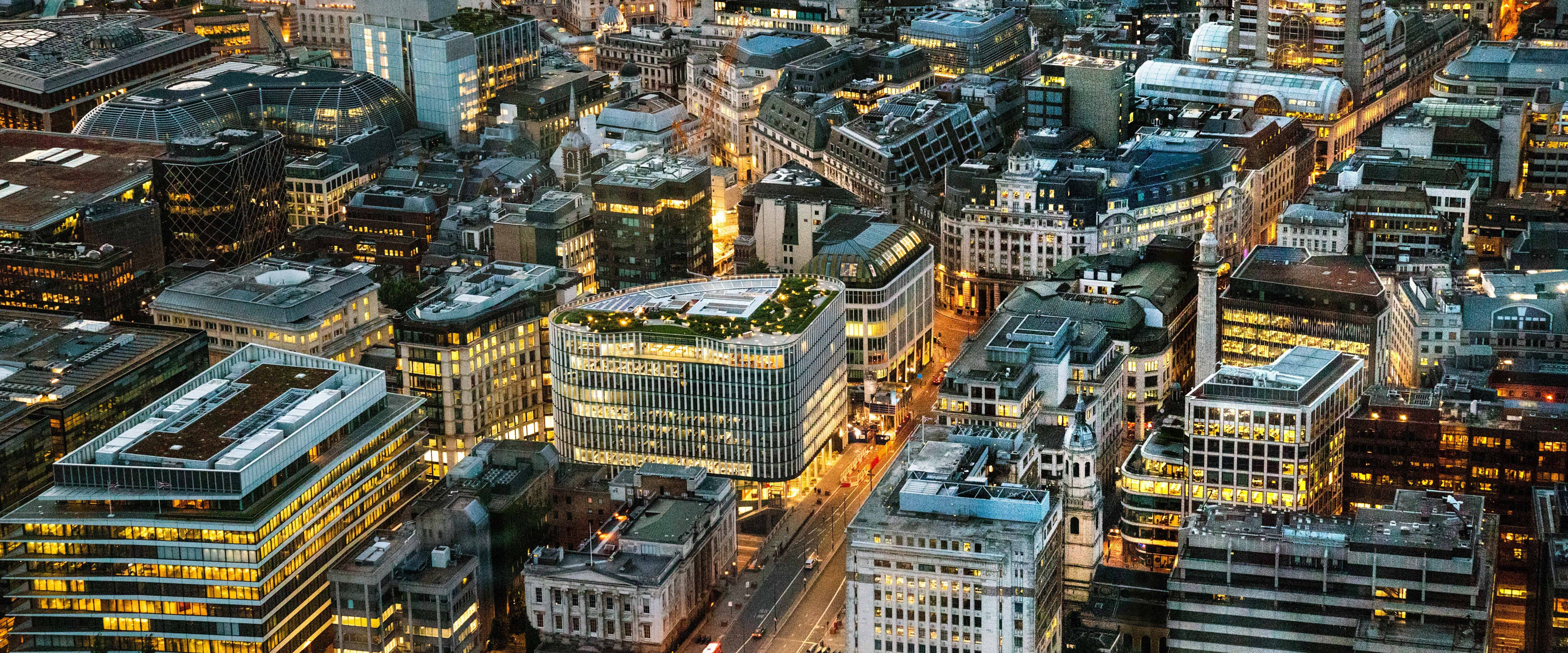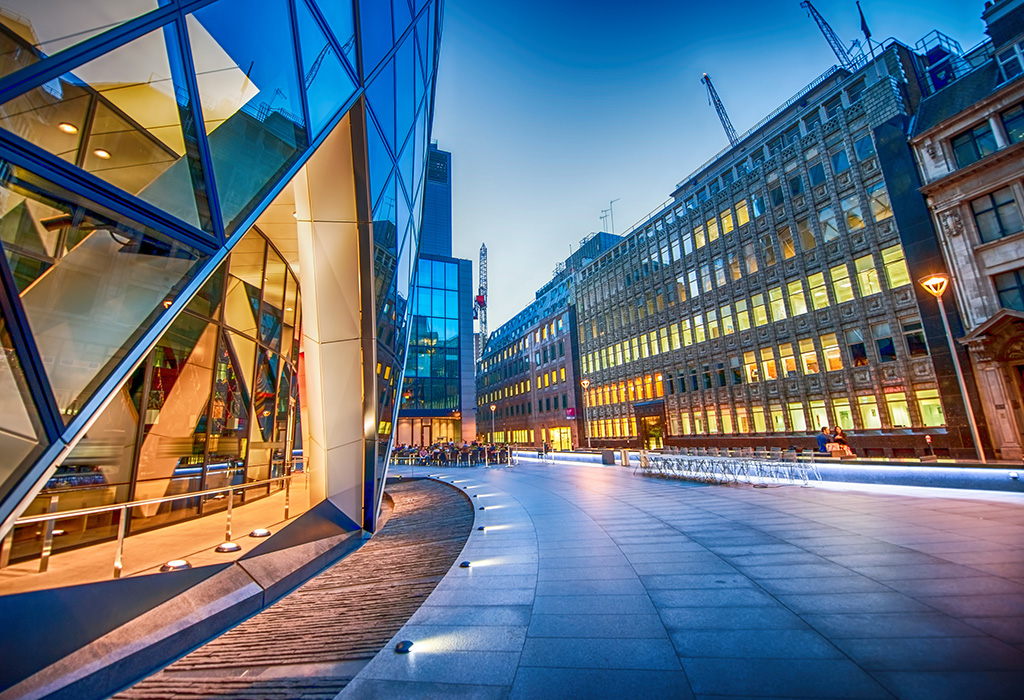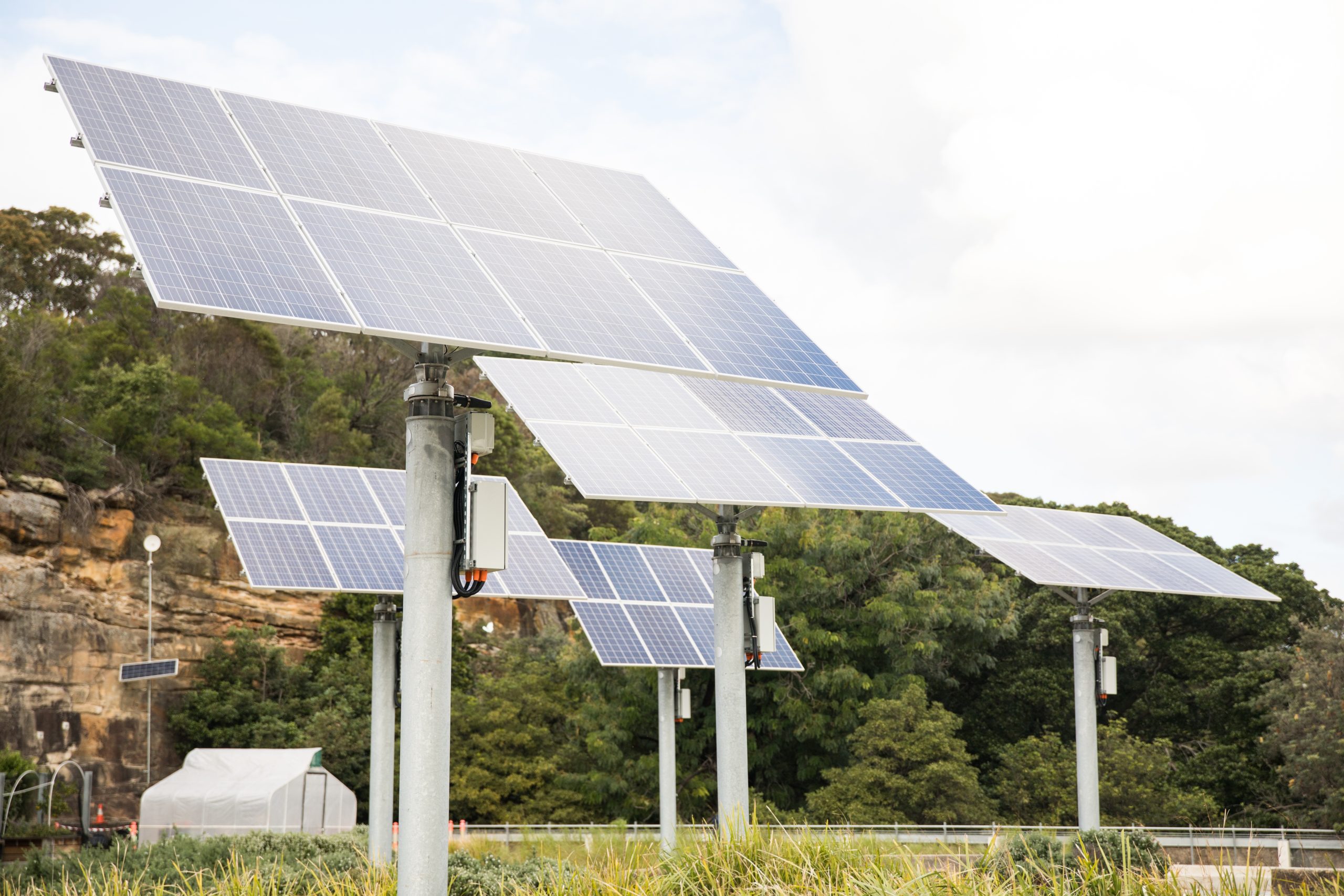
When most people picture a data centre, they might think of a bland industrial shell—cold, humming, and forgettable. But look closer, and you’ll find something far more profound. A data centre is a heavy, complex, and finely tuned space where an immense volume of information flows, transforms, and creates the digital world we rely on. In many ways, it feels like magic.
And yet, so does nature.
Both deserve respect. But while our digital infrastructure surges ahead, expanding rapidly year on year, nature is retreating. Since 1970[1], we’ve lost nearly three-quarters of global wildlife populations. This growing imbalance highlights both the tension and the opportunity between technological growth and ecological restoration.
The Energy Balancing Act
Data centres sit at the heart of our energy system, drawing a consistent and concentrated demand for electricity. But the energy landscape is shifting. As we move toward renewable and distributed energy sources, electricity generation is becoming more variable, creating patterns of abundance and scarcity.
To operate sustainably in this new landscape, data centres must go beyond traditional metrics like Power Usage Effectiveness (PUE) or Renewable Energy Factor (REF). We need to understand when and where clean energy is available and adjust our consumption patterns accordingly. Flexibility, not just efficiency, will define resilience in this next phase of the energy transition.
The Invisible Cost of Technology
The digital world is often imagined as immaterial, but it is built on a deeply physical foundation: servers, cables, chips, and rare minerals. These technologies are emissions-intensive to produce and often short-lived in use. At the beginning of this is the story of mining—and with an estimated 50% of critical minerals located on or near Indigenous or land-connected peoples[2], the environmental and social implications are immense.
Respecting these origins means extending the life of digital hardware, designing for reuse, and ensuring that end-of-life materials re-enter sustainable supply chains. In other words, we must value not just what technology does, but what it costs to make.
From Insight to Action
There’s no shortage of tools available—databases, carbon and biodiversity calculators, green building certifications. Yet, there’s still a gap between intention and action. While nearly half of digital infrastructure providers have committed to net-zero goals, only 34% have mapped their Scope 3 emissions[3]: the upstream impacts tied to suppliers, construction, and product life cycles.
Without this understanding, the path to meaningful change remains uncertain. Worse, we miss the chance to bring users—businesses, developers, everyday internet users—into the conversation about what sustainable digital consumption truly means.
The Future Needs a Cultural Shift
To build truly sustainable digital infrastructure, we need more than just smarter systems. We need a cultural shift—one that brings a renewed respect for the resources, people, and ecosystems underpinning our connected world.
This will demand intelligence, transparency, and collaboration across the entire value chain. The future of technology doesn’t just rely on faster processors or greener energy. It depends on our ability to harmonise the digital with the ecological, and to treat both with the respect they deserve.
[1] Living Planet Report 2024 | WWF
[2] Energy transition minerals and their intersection with land-connected peoples | Nature Sustainability
[3] Uptime Institute Sustainability Survey Results April 2025




